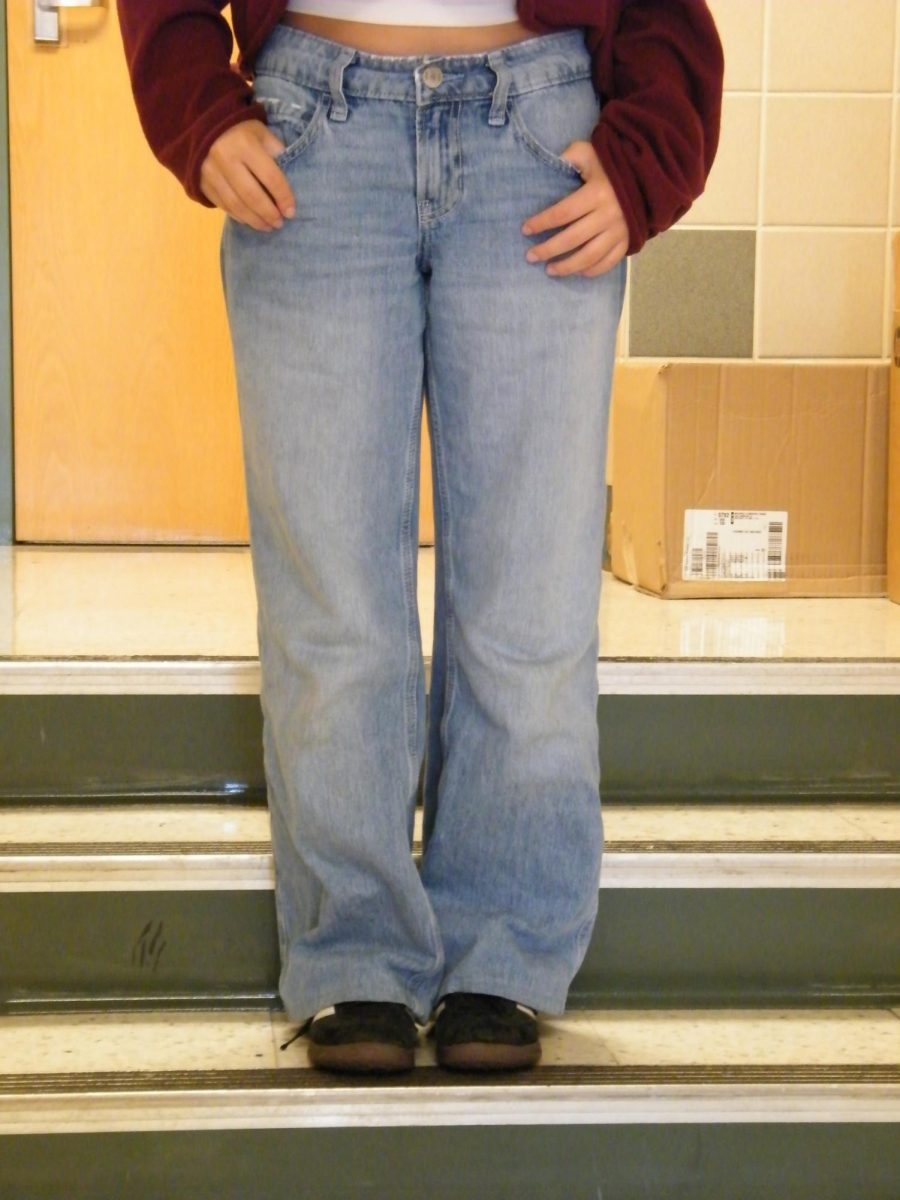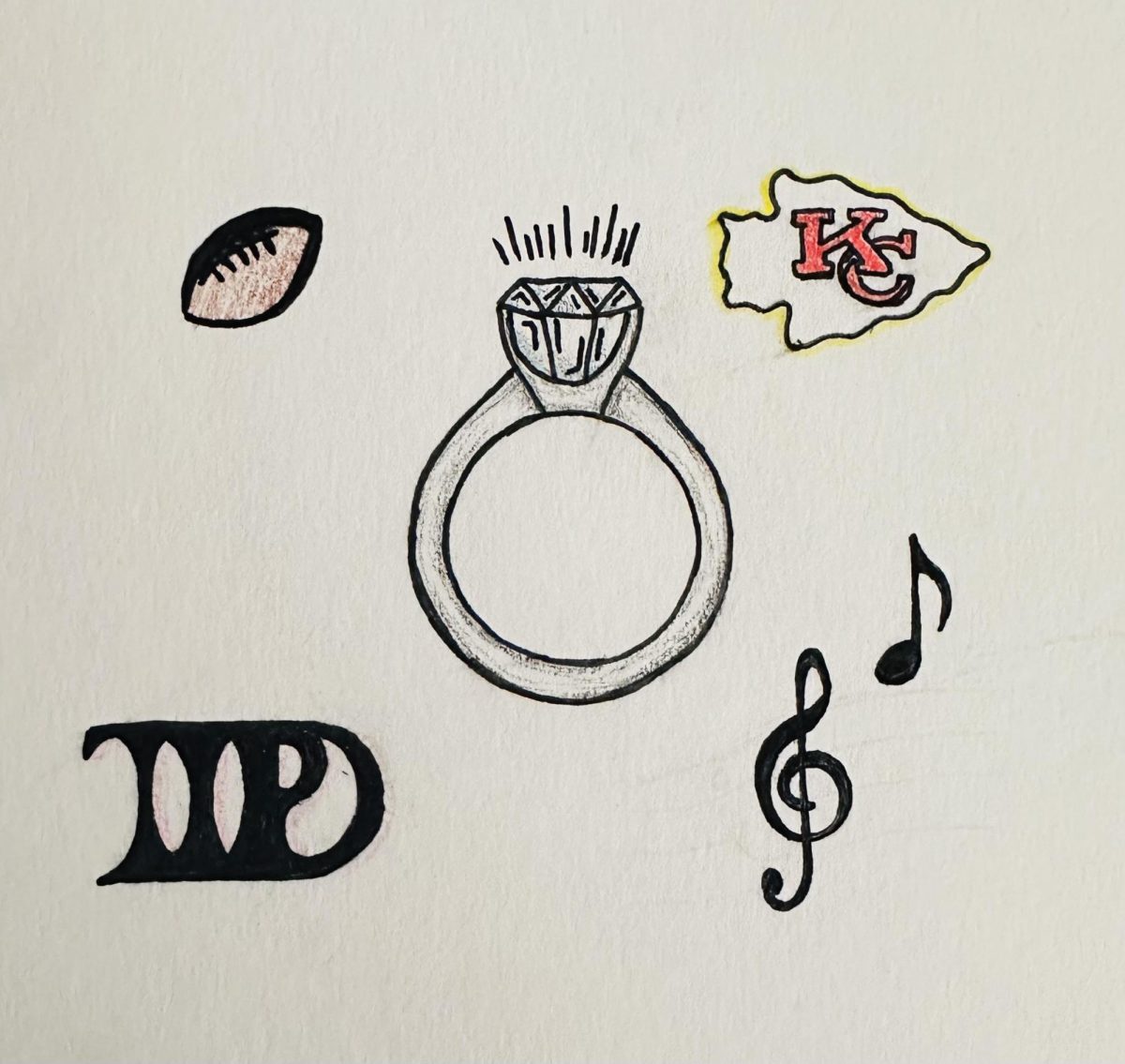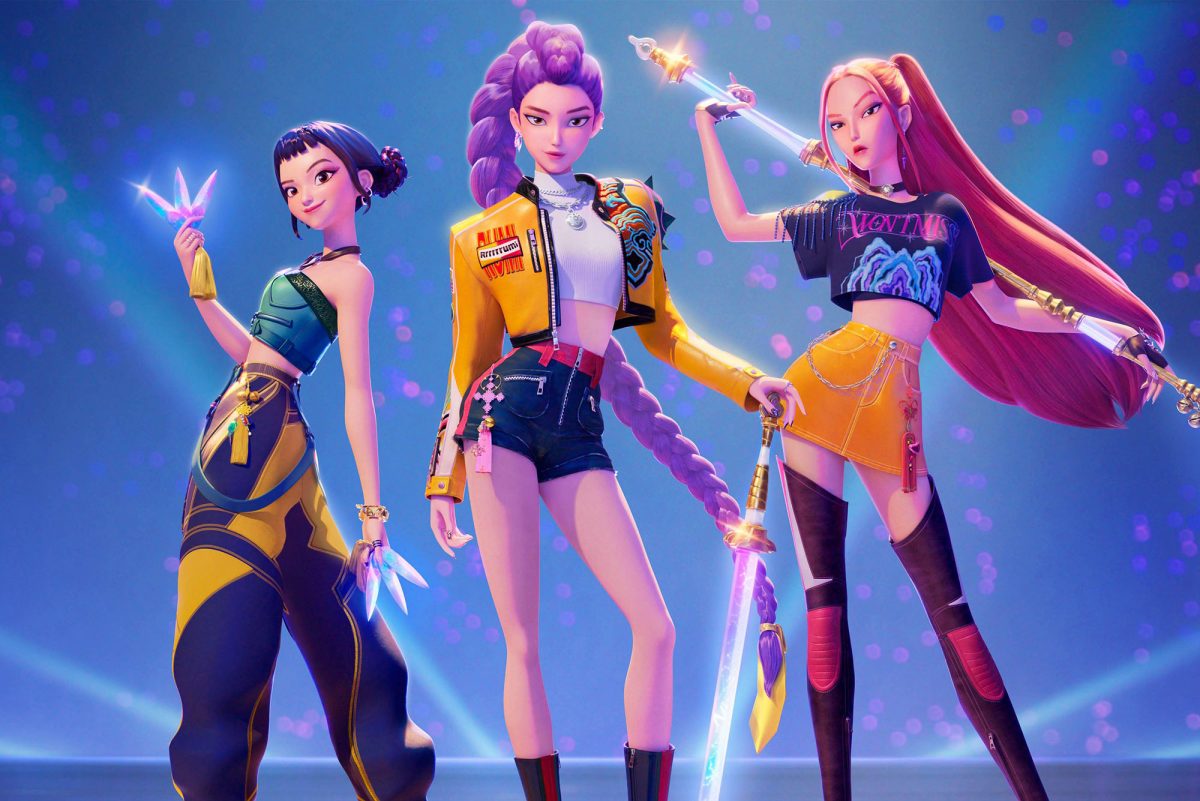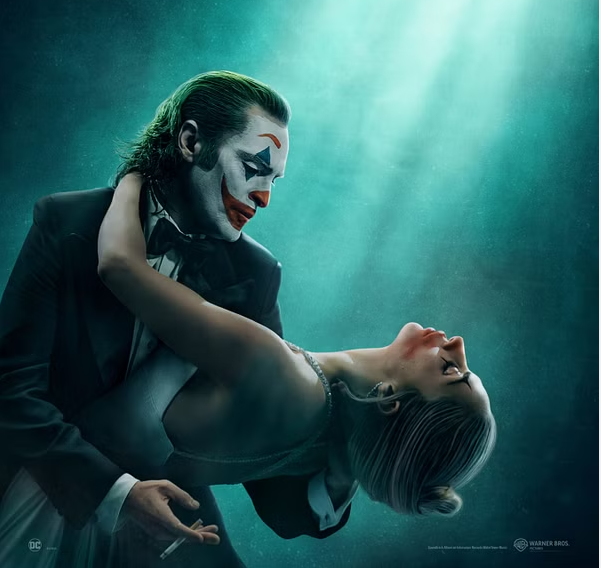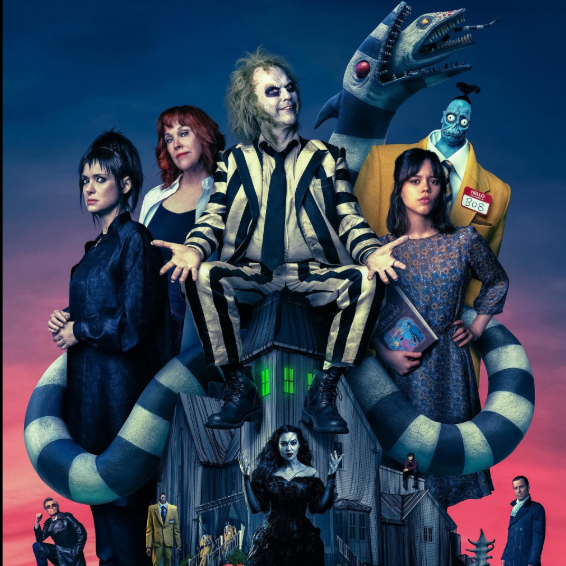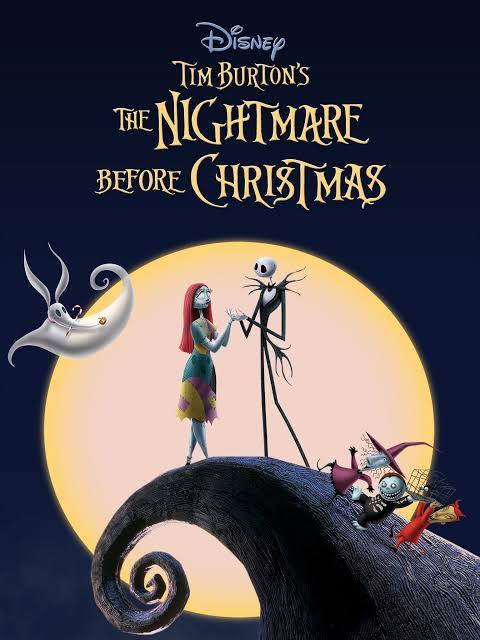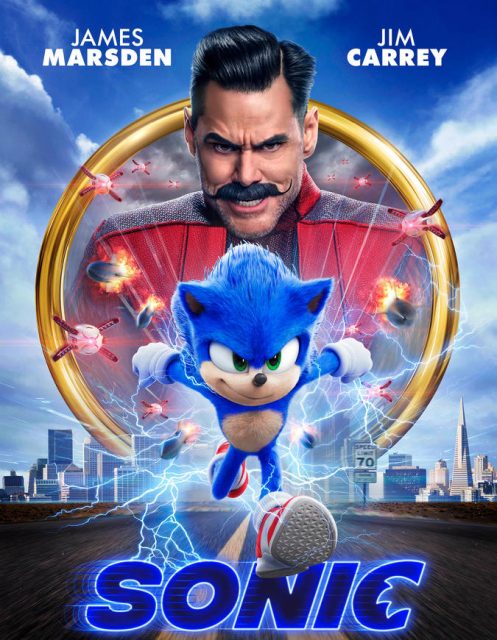
Right from the very first moments of his brand new film, Sonic the Hedgehog introduces the audience to an integral idea to his latest appearance: his entire existence is devoted to a sack of money.
When audiences think about the brand new film centering on the iconic blue hedgehog, one image probably comes to mind first: the now infamous original design of the Sonic from the first teaser trailer. This design featured blue quills, an abnormally large head, and a set of human teeth that Sonic the nightmare fuel hedgehog probably stole from innocent children in the dead of night. At this point in the film’s production timeline, it would not have been outlandish to think it could have been a horror film. As audiences berated Sega for this monstrosity, the studio realized their mistake, and announced a three-month delay of the film’s release in order to correct their previous misjudgement. What’s even more fascinating is how subpar the visual effects are in a film which took an extra few months specifically for improving the visual effects.
This immediate admission of guilt is characteristic of the film as a whole; Sonic the Hedgehog is very much a product of audience pandering. So much so in fact, that any brief moments of true inspiration provide an ice cold drink of water in a desert of half-baked pop culture references. Even worse than this, a majority of these references make enough sense to chuckle at but quickly fall apart upon further inspection. Contrary to popular belief, naming a Star Wars character is not comedy. It’s simply a chunk of this film’s budget down the drain in a weak attempt to follow the lead of financially successful franchises. But they probably made their money back fairly quickly thanks to James Marsden plugging Olive Garden at least three times in the least subtle way possible.
Now it would be easy to rip apart the structure of the film, poorly written dialogue, or uncomfortably timed jokes, but that would be too easy. One could quickly and with little effort comment on the inconsistencies of the various subplots, the complete avoidance of story explanation, or shamelessly blatant product placement, but where’s the fun in that? Instead it’s important to look at the fundamental flaw of Sonic the Hedgehog: audiences have seen every plot device at some point or another.
Every subplot, every joke, every character dynamic is frankensteined together into a horrifying amalgamation reminiscent of a cross between Men in Black and Super Mario Brothers.
It seems the only truly inspired aspect of the film comes from Jim Carrey in a return to his classic comedic persona. Dancing about his technological wonderland of an evil laboratory, Carrey in the role of Dr. Robotnik seems like the one thing that actually belongs in the film. From his twirly mustache to his comically tiny spectacles, Jim Carrey is the embodiment of Dr. Robotnik. Where every other actor appeared to have stumbled onto set and picked up a script, Carrey knew what kind of film he was in and embraced it. The actor dances a fine line between humorous and incessantly aggravating, a dance so natural to him one can only imagine it didn’t take much practice to sink into the role.
On the opposite end of the spectrum, James Marsden and Ben Schwartz seem to be doing a good enough job, yet fail to provide any creativity to their roles. For such an absurd film, one which thrives on insanity (something Jim Carrey understands), Marsden and Schwartz play their roles with as little energy as possible. Thus, everytime the film cuts back to its protagonists, it’s easy to drift off laughing at Carrey’s most recent over the top, mustache-twirling shenanigans. It’s refreshing to see Carrey return to his classic persona, but it’s disappointing that he chose as uninspired of a film as Sonic the Hedgehog.
In the end, Sonic the Hedgehog will likely remain with the demographic it always has: young children and millenials who grew up with the original video game. Perhaps if the director attempted to create something wholly fresh, then critics would be singing a different song, yet that’s not what audiences are left with. Instead, viewers are left with yet another film to add to the list of disappointing video game film adaptations.




